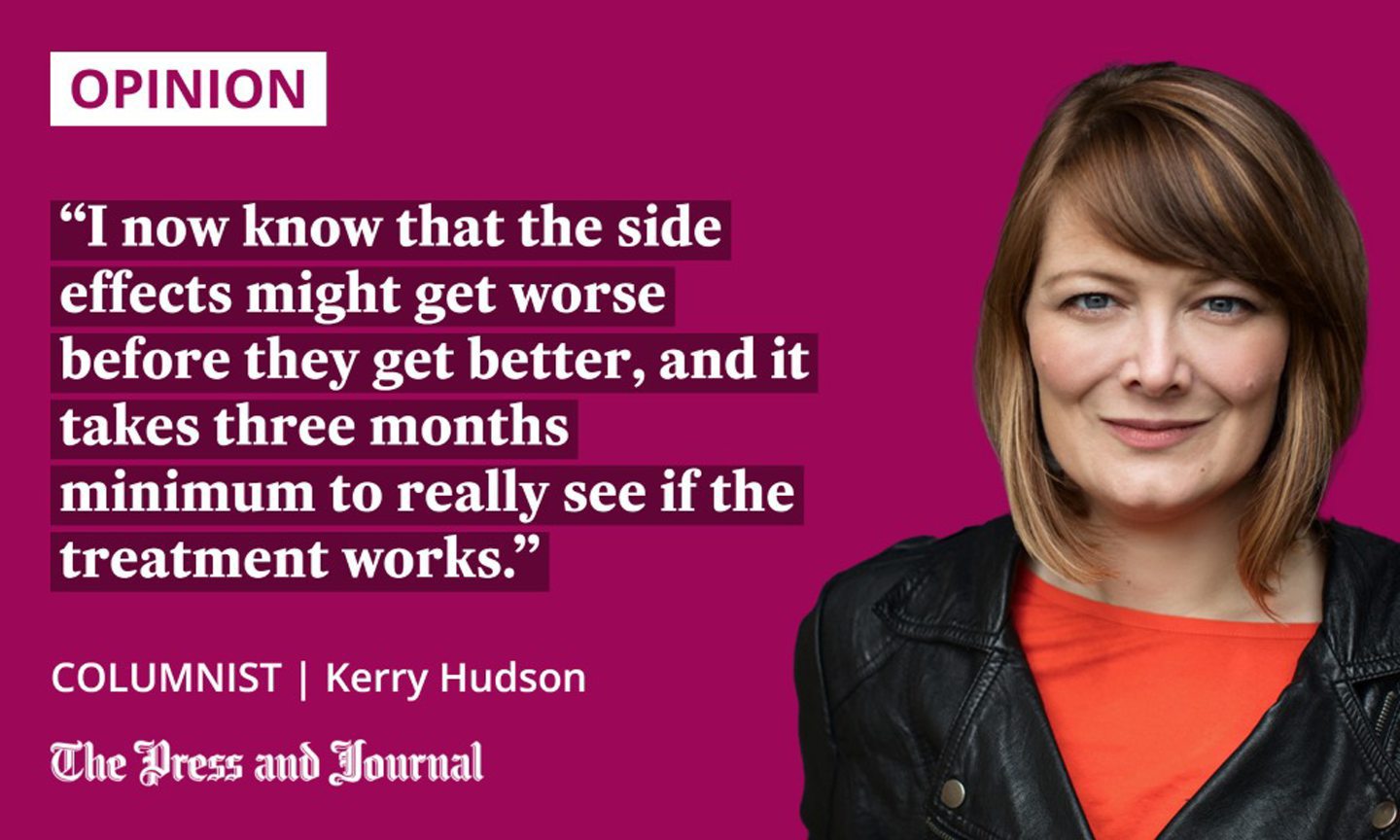My rheumatologist discussed treatment plans. “Are you intending to have another child?”
“Some days I don’t have the energy to shower. So, I think a second child is out of the question. Besides,” I stroked my toddler’s soft, blonde head, “We already got the best one there was anyway.”
The doctor was asking because he’s prescribing methotrexate, a chemotherapy drug used in lower doses to treat autoimmune conditions like Crohn’s disease, rheumatoid arthritis, psoriatic arthritis, and ectopic pregnancies.
I’m 42 and, if I take these tablets – as 1.3 million others in the UK do – then I’ll almost certainly not be having any more babies. We hadn’t wanted a second child, but the removal of choice is a hard one to swallow.
There have been three moments when I’ve realised, finally accepted, that I’m chronically ill and that my life, my family’s life, is different now, forever. That was the first.

Halfway through February and a ridiculously punishing work schedule, I had what is known in the autoimmune world as “a flare”. To me, this has always seemed too jaunty a title. It makes me think of fireworks or white sailboats bobbing on a dark sea.
Instead, I refer to them as “crashes”. Everything stops. I continue to work by voice-transcribing articles via a phone laid on my pillow. If I want a snack or to dress, I need to ask my husband for help.
In two months, I was only able to leave the house a handful of times. To go to the cafe at the bottom of the road, to the local park, most often to the hospital.
The second “life is not the same anymore” moment came when my husband unveiled his “anniversary gift” to me. In fact, the date was coincidental, but when he presented a huge, fishing tackle-type box to hold 10 to 16 pills a day, he looked delighted with himself.
I was chronically scatty long before I was chronically ill and, not being able to find a solution for one, he researched until he found a solution to the other. Do I wish this wasn’t the hottest item on our shopping list? Absolutely. But I’m full of tenderness and gratitude for the man he is.
The third moment was sitting in the chair at my hairdresser. I’d been once before, and I left with fiery red and fuchsia hair, feeling I could take on the world. Three months later, it wasn’t just my hair (now a very pale, peachy pink) that was a former shadow of itself.
I explained my situation. Methotrexate can cause hair loss. In fact, it only occurs in 1% to 3% of people, but mine already has a downy bald patch at the front. My hairdresser tells me we probably shouldn’t bleach my hair. Or colour it.
She gives me a short, blunt cut and shaves in an undercut to make it as weightless as possible. I leave with a little more colour in my cheeks, if not my follicles.
The side effects might get worse before they get better
I’m not new to medical conditions, but I am new to “DMARDs”, or disease-modifying antirheumatic drugs. Methotrexate felt like a step off a cliff. I’m not alone in this, with a recent study showing 30% of people experiencing anxiety or depression while on the same medication.
My pills came in a pharmacy bag with a warning sticker because, yes, it’s medicine, but it’s also incredibly toxic. I’m not taking any artistic licence here when I say that the side-effects leaflet, unfurled across the table like a cartoon scroll, was as long as my arm and printed with tiny writing.
It listed everything from psychosis (extra-vivid night terrors, check!) to boils (thankfully none yet, but we live in anticipation). My other side effects, as is most common, have been morning sickness-like nausea, fatigue and headaches.
Ultimately, the quality of my life has been so poor, it was worth taking the six tiny, cream-coloured tablets
Ultimately, the quality of my life has been so poor, it was worth taking the six tiny, cream-coloured tablets. Were the two days after my dose pretty? No. But I found an excellent online support group who advised me to take them at night after a big meal and a ridiculous amount of hydration, and then to take the next two days off.
They also explained that an injection rather than tablets can be requested, which should ease the sickness so I can stop spending our weekly food budget on Ritz crackers and fancy ginger tea.
Most useful of all, I now know that the side effects might get worse before they get better, and it takes three months minimum to really see if the treatment works.
Pros outweigh the cons
As it turns out, I am lucky. After two days, I suddenly felt almost like myself again. As though emerging from alien ectoplasm several decades after being put to sleep, I was up and moving and awake again.
I didn’t fight aliens or try to save the universe. I carried my hefty toddler on my back to the local park, threw a stick for my dog. I showered and chose my clothes and even put on lipstick some days. I’ve been able to support my husband physically and emotionally when he’s most needed me.
I will need to have regular blood tests as long as I have this treatment to make sure my liver isn’t packing up and, now strictly one drink a week, will no longer be able to embarrass myself at every free bar in Glasgow – a loss for Scotland’s entertainment, frankly.
I’m writing this for anyone who is afraid of medication, or anyone who’s part of the Methotrexate Gang – I think the cool kids call it MTX. There are 1.3 million of us: you’re (we’re) not alone.
Starting this kind of treatment is a big, life-altering decision, and it’s worth doing your own research and asking all the questions you need to. But, as a wise friend asked, the real question is: do the benefits outweigh the side effects? For me, the answer is yes.
And my hair? My hair, like me, is hanging in there. Dyed at home, a patchy, flamingo pink, not ready to give up. And neither am I.
Kerry Hudson is an Aberdeen-born, award-winning writer of novels, memoirs and screenplays



Conversation